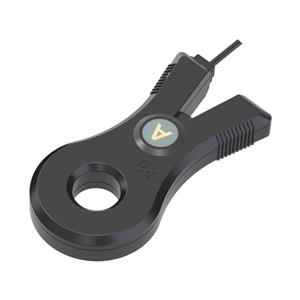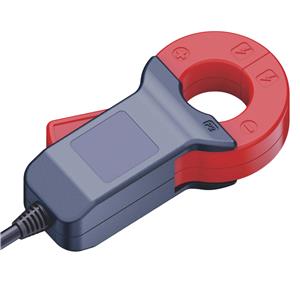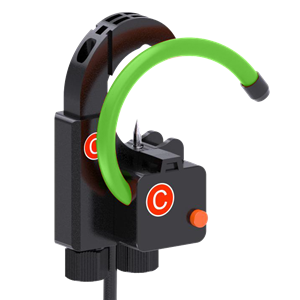Usage of current transformers
A transformer is a device that converts voltage or current proportionally. The function of the transformer is to convert high voltage or high current into standard low voltage (100V) or standard low current (5A or 1A, both referring to the rated value), so as to achieve the standardization and miniaturization of measuring instruments, protection equipment and automatic control equipment. Transformers can also be used to isolate high voltage systems for personal and equipment safety.
When measuring the high current of alternating current, in order to facilitate the secondary instrument measurement, it needs to be converted to a relatively uniform current (the secondary rating of the current transformer is 5A according to Chinese regulations). In addition, the voltage on the line is relatively high, such as direct measurement is very dangerous, the current transformer will play the role of transformer and electrical isolation. It is a sensor used by measuring instruments, relay protection and other secondary devices in the power system to obtain the current information of the primary electrical loop. The current transformer converts high current into low current proportionally. The current transformer is connected to the primary system at the first time, and the measuring instruments and relay protection are connected at the second time.
Safe use of current transformers
(1) When selecting the current transformer, it should be noted that its rated voltage should be consistent with the line voltage. Current is more appropriate than selection. The rated primary current of the transformer should be equal to or slightly greater than the load current, and the current ratio should be the same when two or more transformers are used together. There should not be too many measuring instruments on the secondary side of the transformer, generally not more than three.
(2) During operation, due to the very small impedance of the electrical instruments connected in series by the secondary windings, CT is basically in a state of short circuit, which is obviously different from ordinary transformers. Therefore, the secondary side of the CT cannot be open when it is working. During installation, the secondary connection should be firmly connected, and fuses and switches are not allowed to be installed, and live operation on the secondary circuit of the CT is strictly prohibited.
(3) The secondary side of the CT must be grounded to prevent the high voltage of the primary side from penetrating into the low-voltage side when the insulation breakdown between the primary and secondary windings occurs, endangering the safety of the human body and equipment.
(4) The CT must pay attention to terminal polarity when connecting to prevent wrong connection.




